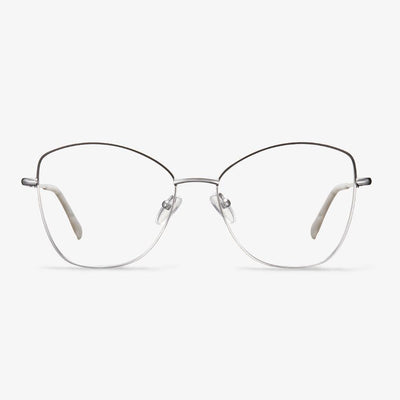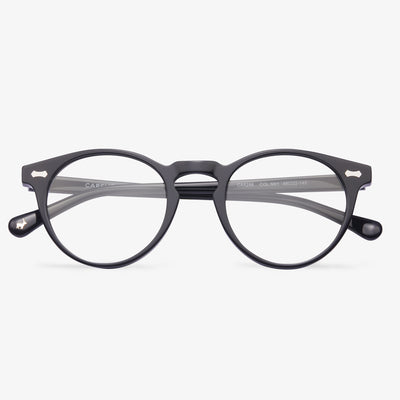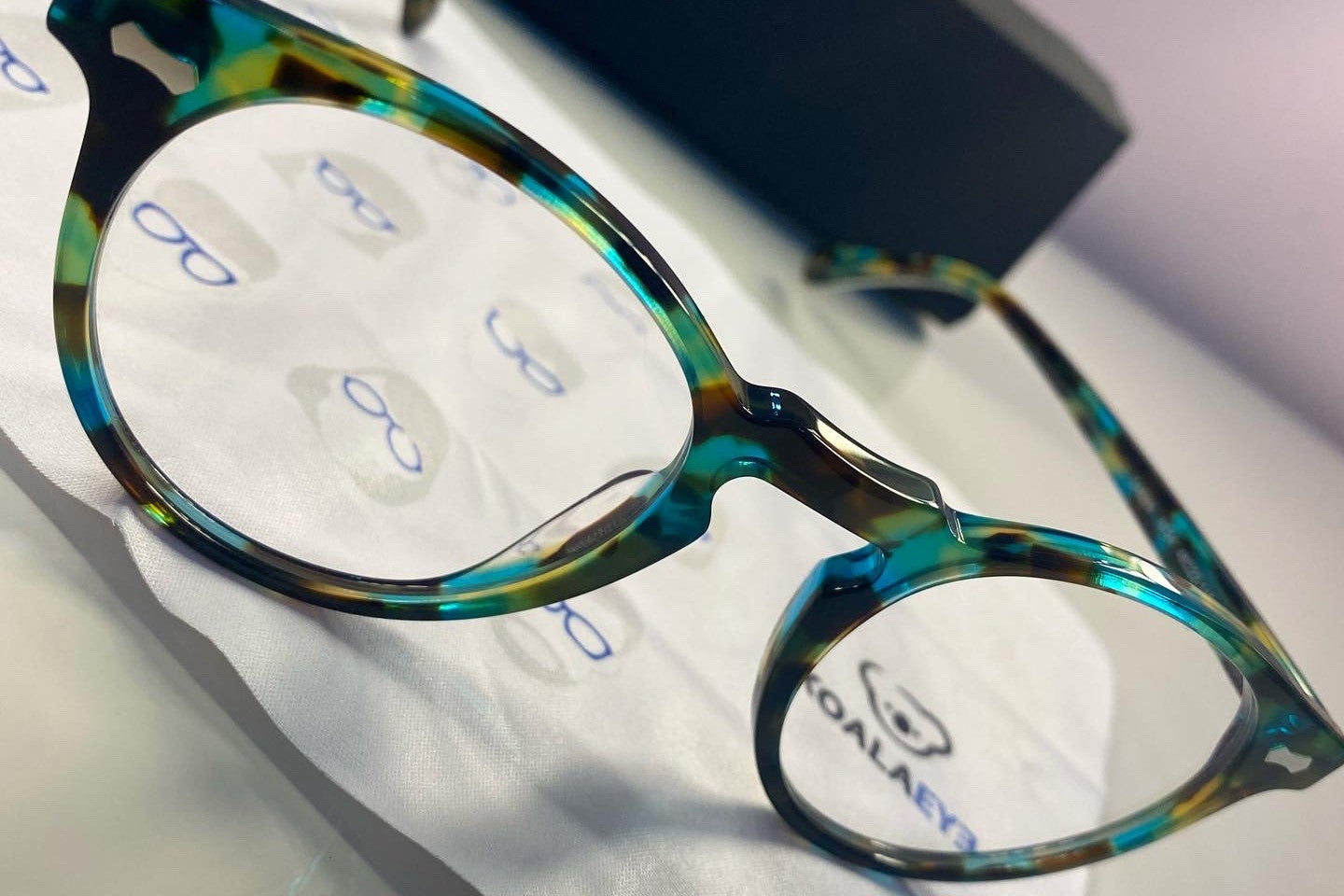Police - Glasses For Men
The Italian brand POLICE can be viewed as comprehensive development, maintaining the Enthusiasm and professionalism of the Italian people in the metal industry. Adopting a solid and flexible plate material frame, the fashionable avant-garde design is loved by the hipster. A narrow edge frame can strengthen the facial line, and the logo in the temple reveals brand position, becoming the vane in the design of numerous frames. It is followed and respected by aggressive, independent, and creative people all over the world, and has become an important brand leading the life trend in the world.
Pure Titanium Glasses Frame Brand - MARCWALKS
So far, the industrial structure of the company has been very perfect, and all the single products are very good in the overall quality. Among them, the single product of the pure titanium spectacle frame series has been recognized by the industry and consumers in terms of material and workmanship. The company enjoys a high status among consumers.The variety is complete and the price is reasonable.They ensure product quality. With a variety of operating characteristics and the principle of small profits, they won the trust of most customers.
Choose a good merchant.
The best option is to return the goods with a quality guarantee.High-quality pure titanium frame production cost is not less than 100 yuan, and online sales will be not less than 50%, so you have to be careful with prices less than 200 yuan. Because pure titanium frame material cost determines its price, the ultra-low price of pure titanium frame is definitely not real.
The disadvantages of progressive lenses
- The field of view in the near and middle distances is relatively narrow.
- The adaptation time is longer and patients with greater astigmatism are not suitable for wearing.
- The peripheral aberration is large, and there will be large astigmatism in the periphery.
Disadvantages of Progressive Lenses
It takes time to adapt to the lenses. It can generate poor visual resolution (blur). There is also a geometric distortion of the field of view. Some of the problems with advanced progressive lenses occur when walking up and downstairs. Because the reading correction is at the bottom, the staircase may look like a rebound. However, this is all done to accommodate your progressive lenses, and within about two weeks the shortcomings should disappear. It takes some time to get used to progressive lenses. Changes in vision occur at the rim of the lens, leading to slight changes in peripheral vision. For some people, change is a little difficult. Because the first wear of progressive lenses may occur slight dizziness, shaky walking. One should be careful when they exercise or go Up and down the stairs. Because the sense of space changes, the distance judgment of the object, the sense of depth changes, people who first wear should not immediately drive or do strenuous exercise. When looking closely, the eyes need to turn down, they have mild discomfort in the eyes. The object becomes blurry when they look at it through a blurred area around the lens. Therefore, new wearers turn their heads more and turn their eyes less when they see things and try to use the far, near, and middle distance areas to see the object.
Are blue light glasses good for driving at night?
Are blue light glasses helpful when driving at night? The answer is not necessarily. Anti-reflective coating on glasses is beneficial. But blue light blocking won't have any effect on your driving at night. If your glasses have an anti-reflective coating, then they might be helpful for night driving. Otherwise, they won't have any impact.
The origin of modern eyeglasses
The origins of modern glasses can be traced back more than 1,000 years. In the Middle Ages, the reading stones used by monks were glass spheres, sometimes filled with water and placed on objects to magnify them.Glassblowers in Italy created reading stones, similar to modern hand-held magnifying glasses. The reading stone can be placed on the wearer's nose or in front of the face. Later, Spanish craftsmen built the first cobra-framed temple in the 17th century. They tie ribbons or strings to the frames and tie them around the user's ear.
In the 18th century, Edward Scarlett created the first wearable glasses, providing more comfort for eyewear wearers. These early glasses had glass lenses embedded in heavy frames made of wood, lead, or copper. Natural materials of leather, bone, and horn were later used to make the frames. In the early seventeenth century, lighter steel frames were invented. As eyewear continued to evolve and prescription accuracy improved, the trend for eyewear to become more fashionable began. In the 18th century, bifocal lenses appeared, making it possible to correct upper myopia and lower presbyopia. Later glasses were designed to be fixed by a ribbon or by applying pressure to the bridge of the nose. In the 1980s, plastic lenses were introduced, providing a more durable alternative to glass lenses. Ultimately, the glasses used today are the result of centuries of technological and intellectual advances.











































